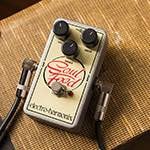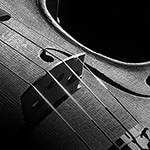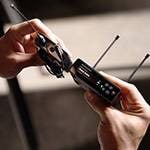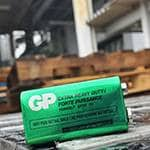Hello!
Recently, I was so happy to receive a Johnsonville miniature charm from a capsule toy machine (gachagacha) from someone.
As we get older, we tend to stop playing with capsule toys, but after doing some research again, I found that the product lineup has become quite diverse these days.
From things that would delight children, like Kamen Rider and Pretty Cure, to highly specific items like miniature car keys or CD jackets, the variety is impressive and just looking at them enlivened my spirits.
Personally, I felt an indescribable thrill when I came across a miniature Maxell MD (MiniDisc).
When I think of capsule toys, I used to imagine those weird sticky hands or those half-sphere toys that bounce when flipped inside out, but it turns out capsule toys have evolved with the times.
Now then, last time I talked about guitar volume, so this time I'd like to explain tone.
At first glance, tone pots may seem a bit tricky because they sometimes have unfamiliar-looking parts attached, but the mechanism is actually quite simple.
I hope this will be a good opportunity for you to get familiar with how it works.
◯ About Capacitors
To understand the tone circuit, the first thing you need to know about is the capacitor.
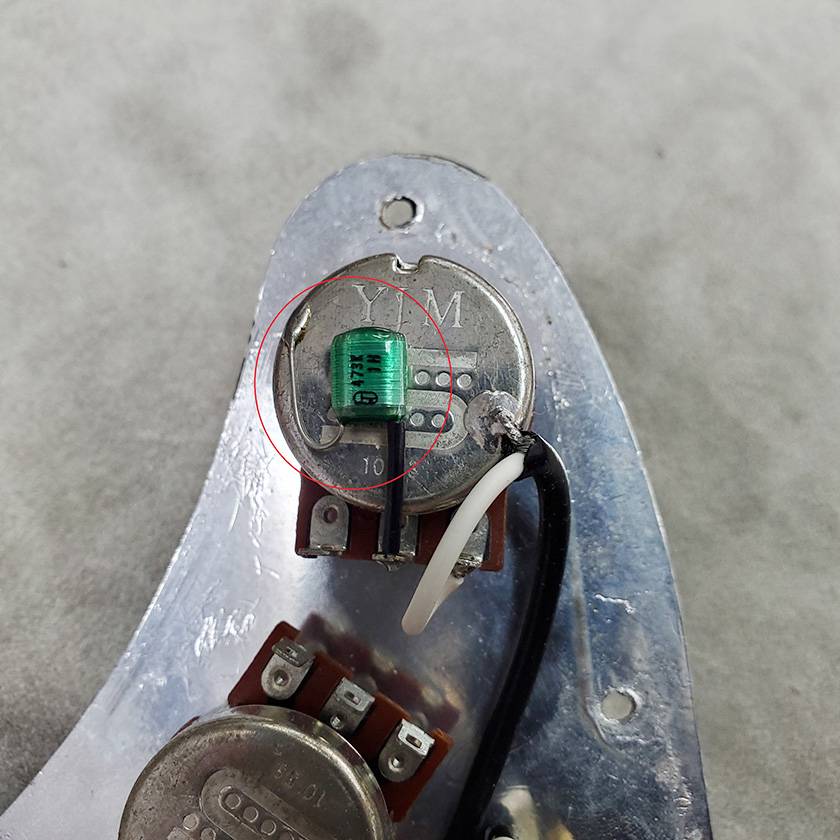
This is the capacitor—the part attached to the back of the pot in the photo.
A capacitor is an electronic component used in many types of electrical circuits due to its unique properties: it stores electricity and discharges when it reaches a certain point, it blocks direct current (DC), and it allows alternating current (AC) to pass through.
In fact, like resistors, it’s an essential component in electronics.
There are various types of capacitors, but in electric guitars, the main types used are ceramic capacitors, film capacitors, and oil capacitors.
You might be wondering, “If they’re all capacitors, why are there so many different types?” That’s a fair question—but that’s a long story, so I’ll skip that explanation for now.
For this time, my goal is simply to help you understand the basic properties.
◯ How the Tone Circuit Works
Now, here’s the main topic for today: how the tone circuit works.
Let’s start by taking a look at how the tone circuit is connected.
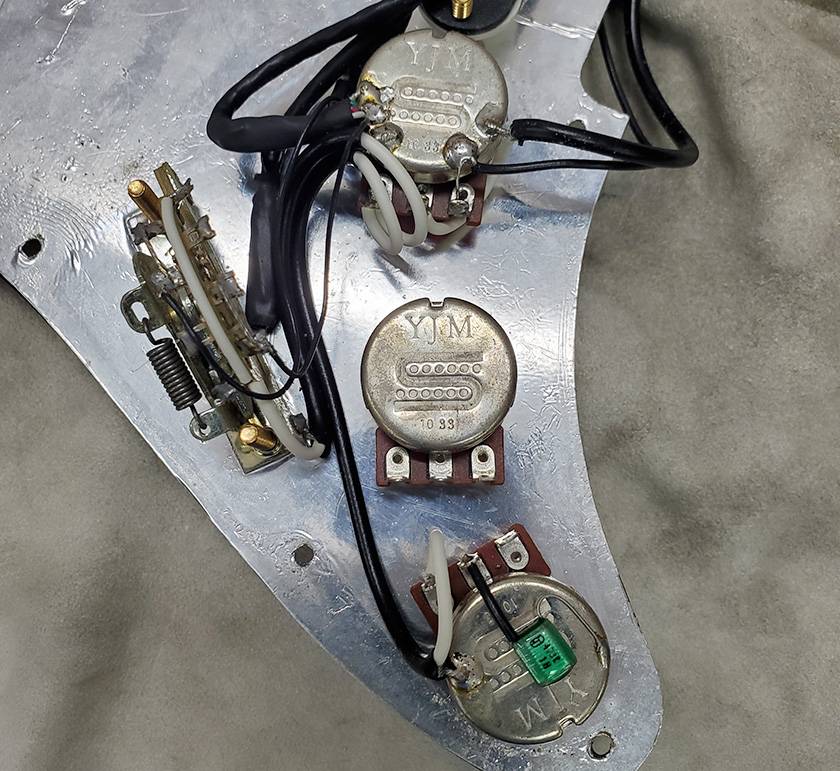
The wire coming from the pickup is connected to terminal 3 of the volume pot, and from there it connects to terminal 1 of the tone pot.
Terminal 2 is connected to the capacitor, which then goes to ground.
Let’s draw a diagram to make things a little easier to understand.。
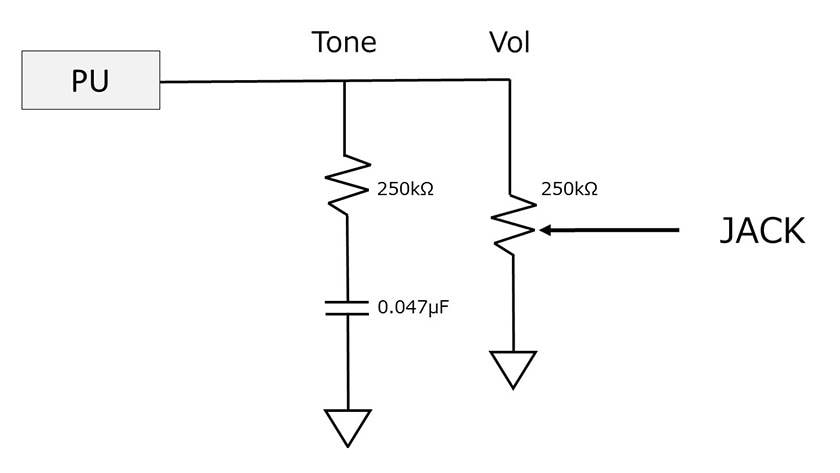
The jagged line represents the resistor (pot), and the rectangle represents the capacitor.
Looking at the diagram, it becomes easier to see how the signal passes through the tone pot, through the capacitor, and then finally goes to ground.
This flow—resistor → capacitor → ground—forms a single circuit, which is called an RC circuit.
RC circuits are used in a variety of applications, such as adjusting signal or voltage input/output, or acting as filters.
In the case of electric guitars, it functions as a low-pass filter (high cut).
To explain this a bit more concretely: the resistor (pot) controls the current and it essentially determines how much of the signal is sent to ground. The capacitor then stores that electrical signal. Once the capacitor stores a certain amount of energy, it discharges, and that discharge flows to ground.
Just for reference, here’s what it looks like when we label the diagram.
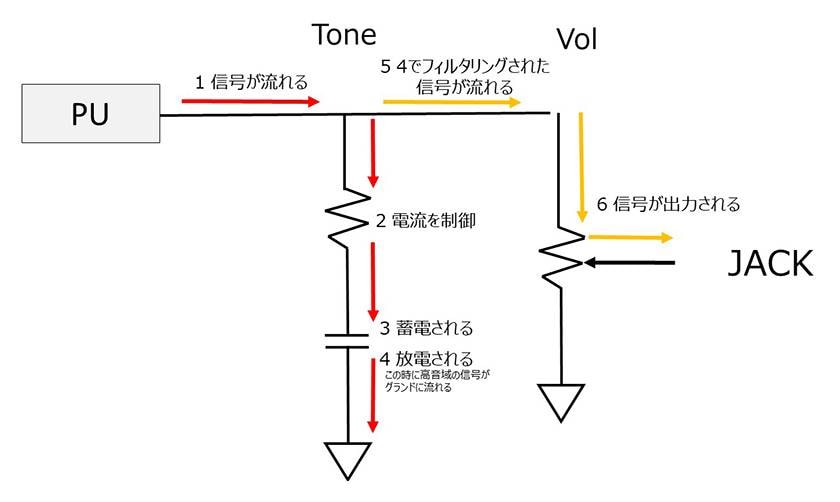
In electric guitars, the resistor part is actually a variable resistor, so by turning the knob, you can adjust how much current is sent to the capacitor.
This allows for fine-tuning of the tone.
Also, changing the value (capacitance) or the type of capacitor will affect how it stores and releases electricity, which in turn changes the tone.
That’s about it for the tone circuit.
So, how was it?
With this blog post, I think I’ve managed to cover the essential basics before attempting to wire your guitar.
Starting next time, I would like to move into getting into the “actual wiring work” part./p>
As for the specific numerical aspects of the tone circuit—things like cutoff frequency—there’s quite a bit to talk about, and there’s no way that I can fit it all into a single blog post.
I would like to write about that at another time.
Also, in the electric guitar world, there’s been an age-old debate about whether changing the type of capacitor actually changes the sound.
Personally, I’m in the “it does change the sound” camp.
My reasoning is pretty simple: if you change the component, the sound should change too, right?
That said, whether the change is actually a good one, or whether it’s something you can clearly hear, or it’s something that can be measured scientifically with equipment—those are all different questions.
But, I do believe that if you change a part, something somewhere will change.
Or rather, it just doesn’t feel right to assume nothing at all changes when you’ve swapped out a component.
More than anything though, changing capacitors just makes me excited, and I think that’s what matters most.
When your heart is lifted, your tone naturally becomes brighter and more lively.
So, I really hope you’ll try swapping different capacitors and find one that feels just right for you.
With that, come back again to the Sound House staff blog.
Goodbye!







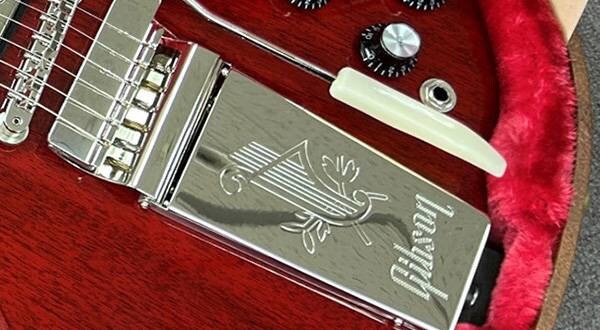
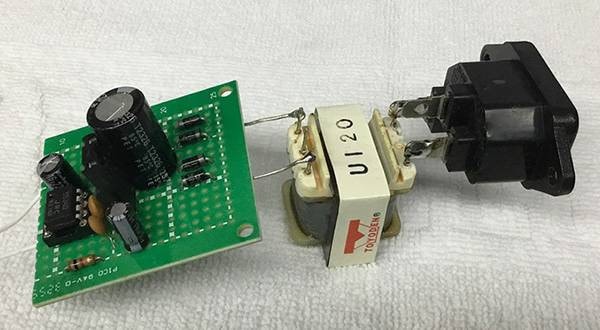
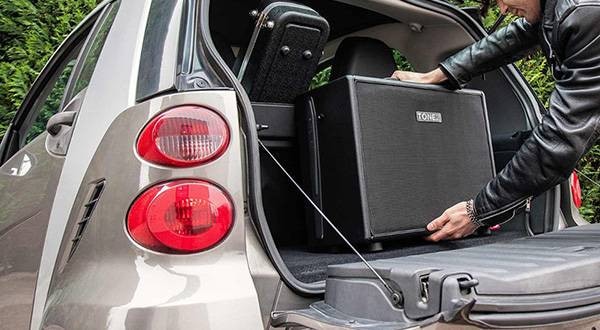
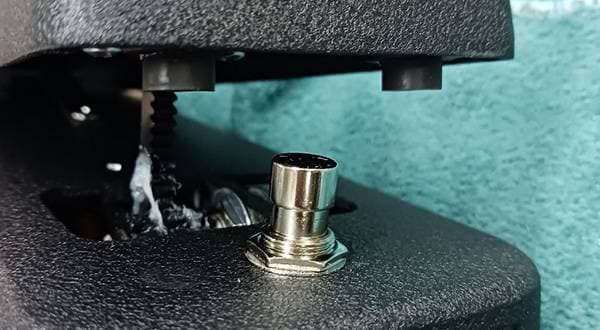
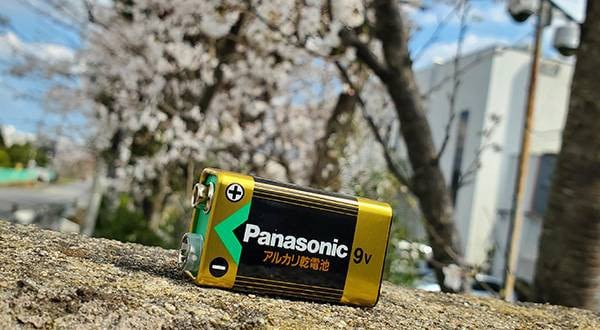
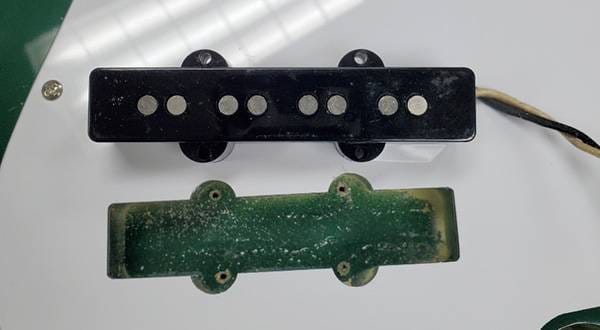

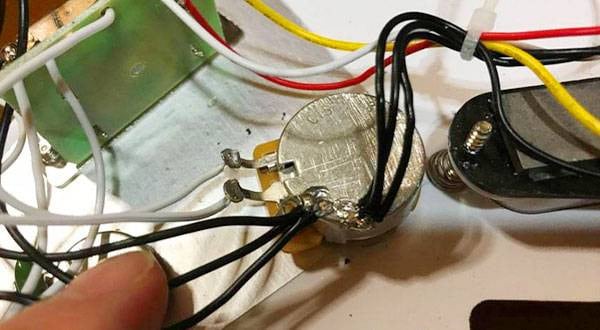
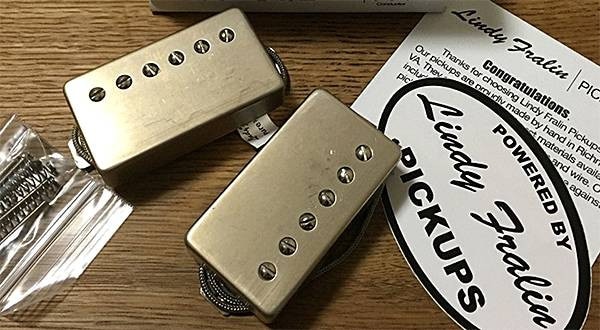
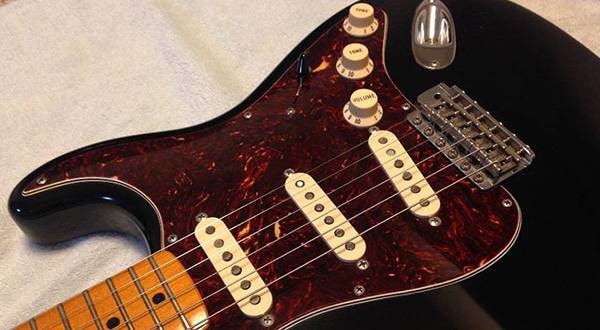
 ギターパーツの沼
ギターパーツの沼
 DIY ギターメンテナンス
DIY ギターメンテナンス
 ギター初心者ゼミ
ギター初心者ゼミ
 プレイテックのギターを最強に改造!!
プレイテックのギターを最強に改造!!
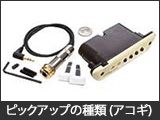 ピックアップの種類(アコースティックギター)
ピックアップの種類(アコースティックギター)
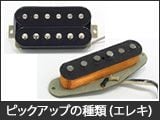 ピックアップの種類(エレキギター)
ピックアップの種類(エレキギター)
